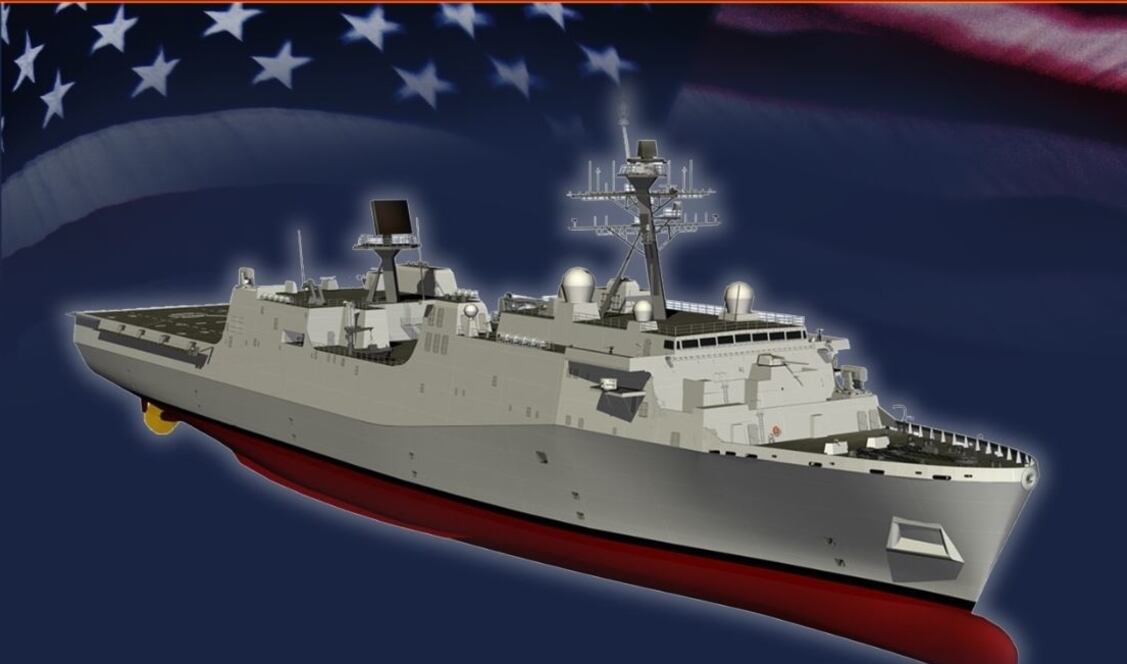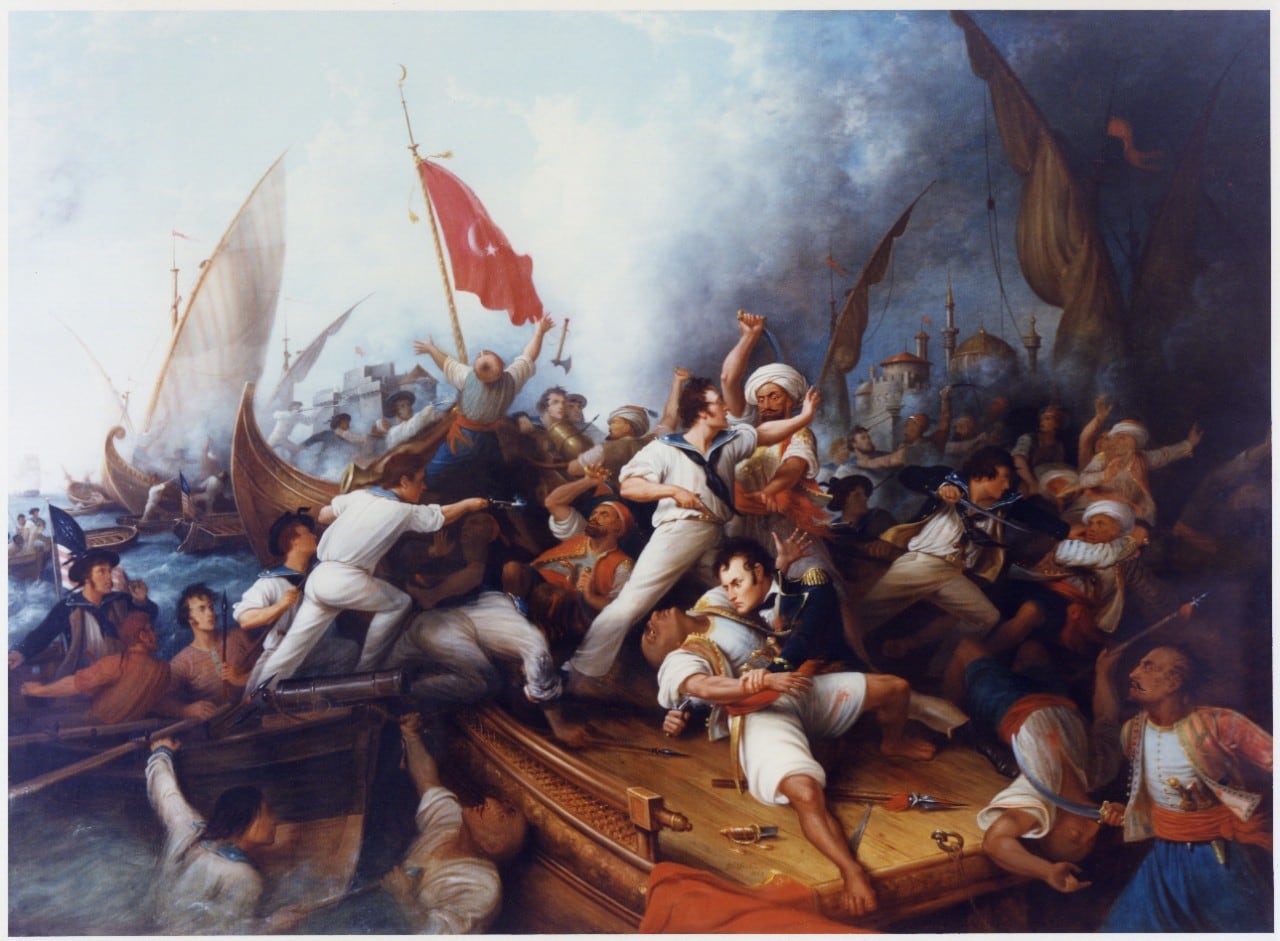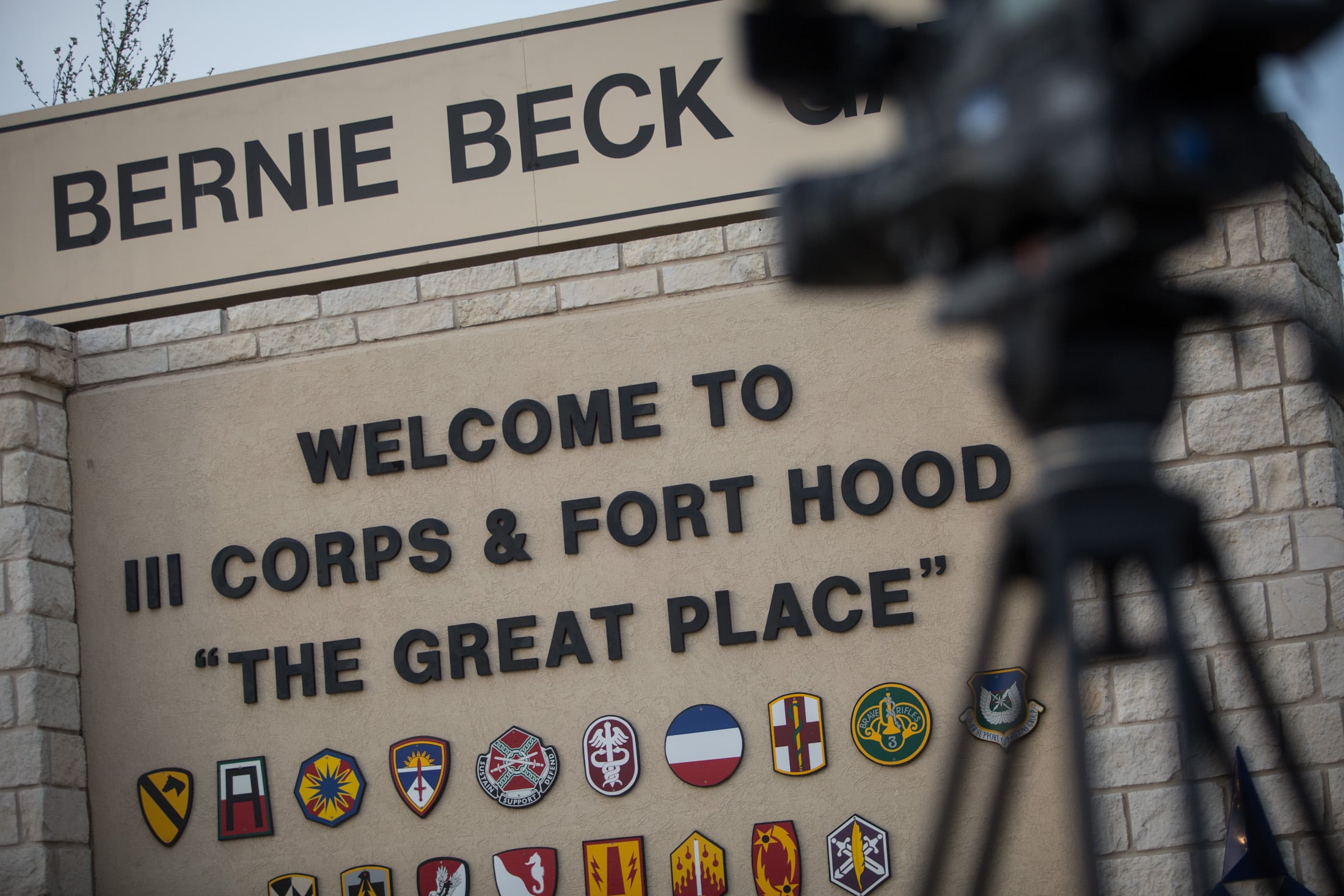Huntington Ingalls Industries’ Mississippi shipyard delivered the future amphibious assault ship Tripoli to the Navy on Friday.
The Navy initially projected it would be arriving in late 2018 — not early 2020 — but the sea service finally took possession of the vessel from Ingalls Shipbuilding in Pascagoula.
“Thousands of shipbuilders worked tirelessly to ensure the successful delivery of this highly capable warship,” Ingalls Shipbuilding President Brian Cuccias said in a prepared statement emailed to Navy Times. “We are pleased to continue working closely with the Navy to deliver exceptional ships using the highest safety and quality standards.”
Capt. Daniel J. Hernandez, the spokesman for the assistant secretary of the Navy for research, development and acquisition, told Navy Times that details concerning Tripoli’s commissioning are still being finalized.
The Navy previously announced that San Diego will be its homeport.
Friday’s delivery was a bit of historical déjà vu for the yard. Ingalls delivered its first amphibious assault ship, the Iwo Jima-class Tripoli (LPH 10), in 1966.
Over the next 53 years, it built five Tarawa-class amphibs, eight of their Wasp-class sisters and the first of the newest class of ships, America (LHA 6).
“The LHA team is proud to witness the delivery of the 15th large-deck amphibious ship built at Ingalls,” said Bryan Williams, Tripoli’s program manager. “The completion of the Tripoli is a great complement to our longstanding legacy of building state-of-the-art warships.”
The future Tripoli delivered Friday is the second of the America-class warships, a line built to replace the decommissioned Tarawa-class vessels. Huntington Ingalls Industries is building the third in the class, Bougainville, and the Navy has slated a 2024 delivery date for it.
Unlike previous amphibs, America and the future Tripoli were built without well decks, which are used to float embarked Marines to shore in landing craft or amphibious assault vehicles.
Instead, Pentagon planners wanted to optimize Marine Corps aviation capabilities, including F-35B Joint Strike Fighters and MV-22 Osprey tilt rotor aircraft, and hike the size of the aviation fuel tanks.
The future Bougainville will split the difference between traditional amphibs and the “Flight 0” America and Tripoli. It’s being built with a small well deck.
RELATED

On March 26, Huntington Ingalls announced it also had been awarded a $1.47 billion, fixed-price incentive contract to deliver the first Flight II variant in the San Antonio class of amphibious warships, a return to the more traditional manner of delivering Marines to shore using a mix of helicopters, tilt-rotor aircraft, landing craft and assault vehicles.
Lawmakers continue to debate what the right mix of amphibs should look like, but cost remains a key consideration.
In the Navy’s budget submission for fiscal 2020, the estimated price for a future America-class warship was nearly $4.1 billion, with the more traditional Flight II ship running about $1.8 billion.
Once commissioned, the future Tripoli will become the third Navy warship to honor the 1805 assault on the fortress city of Derna, in what is now eastern Libya, during the war between the United States and the Barbary pirates.
While gunfire from the Navy’s warships Hornet, Nautilus and Argus pounded the pirate positions, a force of Arabs, Greek mercenaries and a detachment of U.S. Marines — commanded by 1st Lt. Presley Neville O’Bannon — assaulted the enemy defenses.
Their bravery in America’s first land battle overseas is immortalized in the phrase “to the shores of Tripoli” that begins The Marines’ Hymn. The battle brought about a successful conclusion to the combined operations of the First Barbary War.
The first Tripoli was a Casablanca-class escort aircraft carrier built during World War II by Kaiser Shipyards in Vancouver, Washington.

Prine came to Navy Times after stints at the San Diego Union-Tribune and Pittsburgh Tribune-Review. He served in the Marine Corps and the Pennsylvania Army National Guard. His awards include the Joseph Galloway Award for Distinguished Reporting on the military, a first prize from Investigative Reporters & Editors and the Combat Infantryman Badge.




